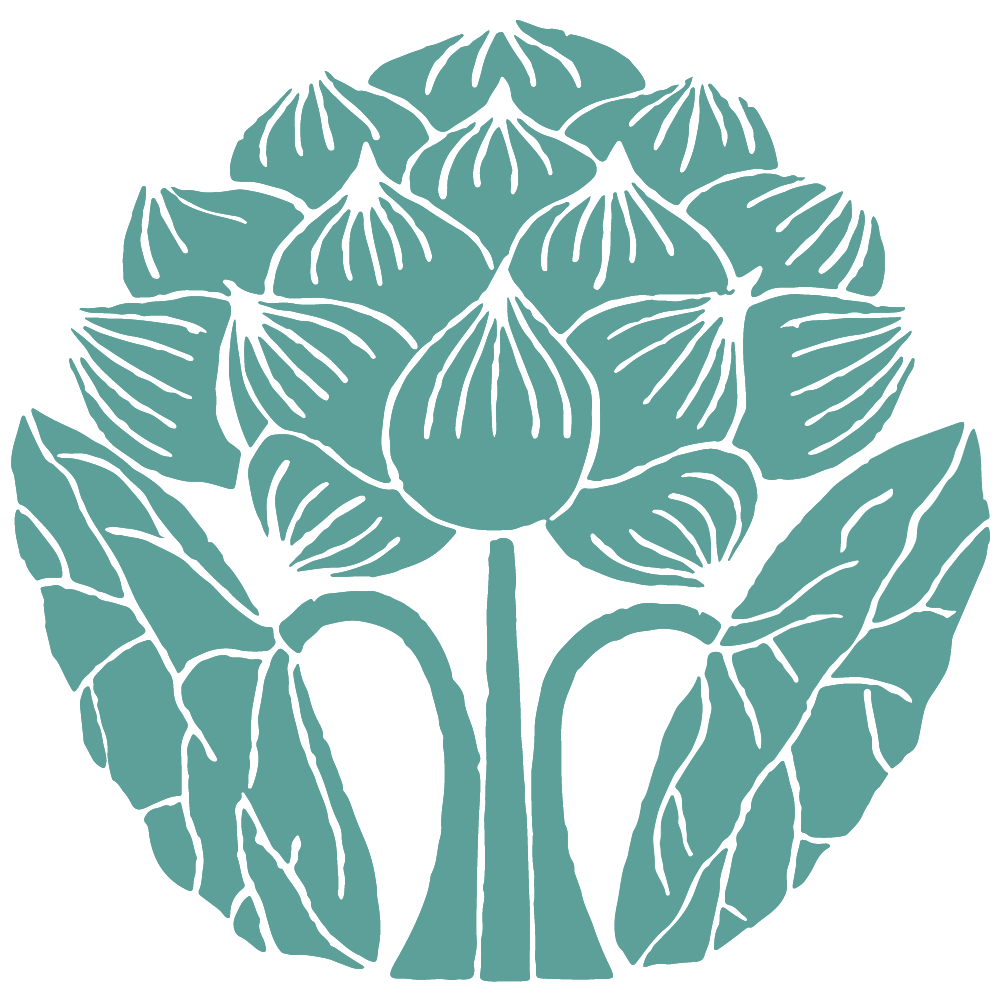A few years back I consulted with a young woman who had a number of problems related to her menstrual cycle. By far the most distressing symptom she experienced was an extreme swing in her moods that turned her into a cynical, despairing and nearly violent individual for nearly half the month. Her mother, who I had already seen as a patient for a number of years, had referred her to me. The mother had responded nicely to homeopathic treatment, and because her daughter seemed to share a number of personality and physical traits, I was confident that the daughter, too, would do quite well. Unfortunately, that was not to be the case – at least, for the first several years of treatment.
It wasn’t that she didn’t respond to treatment at all, otherwise I am quite certain she would not have had the patience to continued working with me for the length of time that she did. But the responses to the remedies I prescribed for her would not last. She would feel much better for a month or two, then her symptoms would reappear and subsequent doses of the remedy would only produce diminishing returns.
We tried a few remedies – all of them well indicated by her symptoms and constitutional traits, but each one acted temporarily and the treatment itself began to reflect the cyclical swing of her labile moods. The addition of nutritional supplements and a dietary regimen, although helpful to a certain degree, also proved to have a minimum effect.
One of the best and most challenging qualities of homeopathic treatment is that the practitioner has, for all practical purposes, an endless variety of choices when determining the most appropriate prescription in any particular case. Thousands of remedies, each of which can be selected in a variety of potencies and dosing frequencies, provides us with the opportunity to tailor the treatment to the needs of the individual. If a case is not showing signs of adequate improvement, there are options upon options available to change the treatment.
So, on the one hand, there are always ways to adjust the treatment to improve on the results, and on the other, one can embark on a seemingly endless quest for the solution. Depending on the person and the situation, sometimes one is given leeway to ‘work through’ the case and sometimes one isn’t.
But in this case, we got lucky, so to speak. The adjustment came not via a new homeopathic remedy, but rather by the patient herself. She heeded a piece of advice that I had offered when we first met: stop the Birth Control Pill. Within a week she was a changed person and, now looking back with a few years retrospect, that simple act changed her life.
The extreme mood swings were a thing of the past. The same homeopathic remedies that previously had seemed to work only partially and temporarily had a more enduring and positive action. The extreme cynicism and suppressed hostility toward the people in her life – be it colleagues, bosses, friends or her boyfriend, was greatly reduced. Over time, the ambivalent indecisiveness toward vocation and relationship that had paralyzed her for years gave way to a focused and determined career path and a commitment to her partner.
It is always difficult to advise a young, sexually active woman to consider stopping the birth control pill, but the consequences of using it are too serious to ignore. I have seen too many instances where young women just feel awful from it. Mood changes, digestive disorders, weight gain, headaches, bloating, lethargy, sleep disturbances… Oddly enough, often they don’t make the correlation between using the pill and their symptoms. Perhaps that is the case because they usually assured by the prescribing physician that it is a perfectly harmless medication.
It is especially important to educate these patients when they have been put on the pill for non-pregnancy related problems like menstrual disorders. Not only do they suffer from side effects, but also the pill is not a fundamental solution to their problem. It acts merely on a symptomatic level to band-aid the problem.
And this isn’t even the worst of it. No one is absolutely clear what the long term side effects of hormonal treatments are. But the role of estrogen mimicking substances found in plastics, foods, drugs and other synthetics is becoming clearer over time. The potential risks are deadly – from endometriosis, a disease that hardly existed 50 years ago to heart attacks and strokes to various forms of cancers.
There are healthier ways to prevent pregnancies and to treat gynecological issues.
